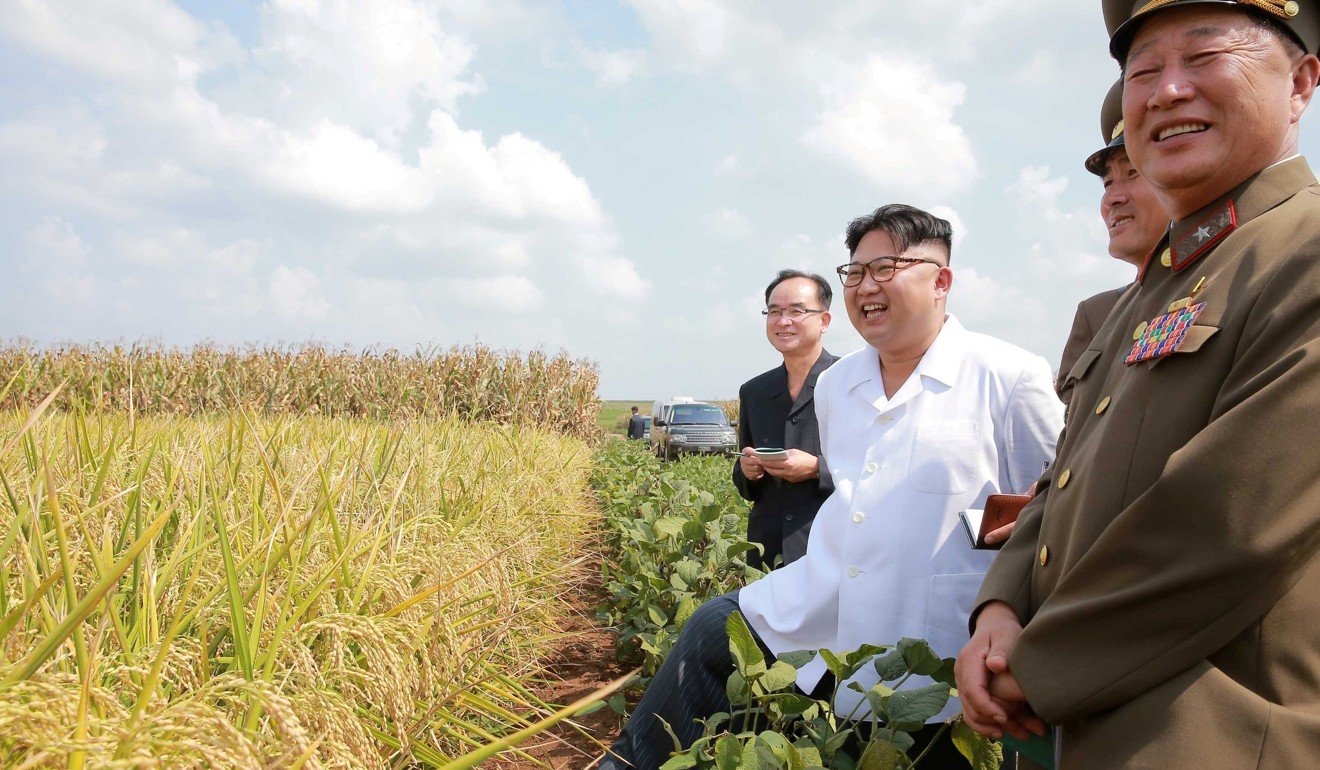
15 perspectives on the North Korea nuclear crisis
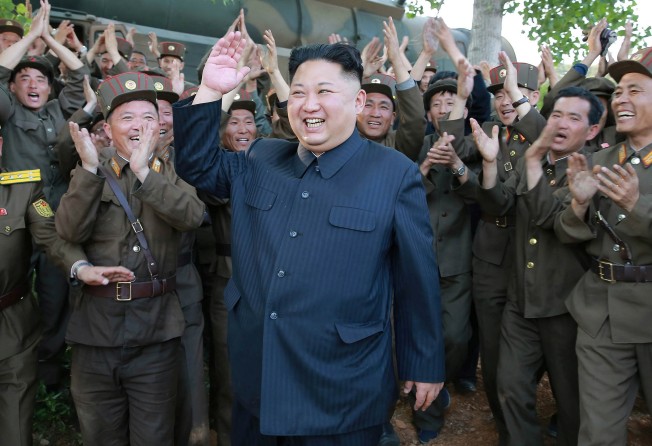
North Korea carried out its sixth nuclear test in early September, prompting outrage from across the globe and the United Nations to pass its strongest sanctions yet against the hermit state.
We take a look at some perspectives on the issue.
1. The cold, calculated logic behind North Korea’s missile tests
Kim Jong-un’s aim is to drive a wedge between the US and its allies and to question whether the superpower can provide security in the region, writes Ankit Panda

2. Is the international community ready if North Korea’s nuclear ambitions bring about environmental disaster?
Michael McGrady says the potential for serious release of radioactive materials at North Korea’s nuclear testing site is clear. Less clear is how the international community could, or should, react.
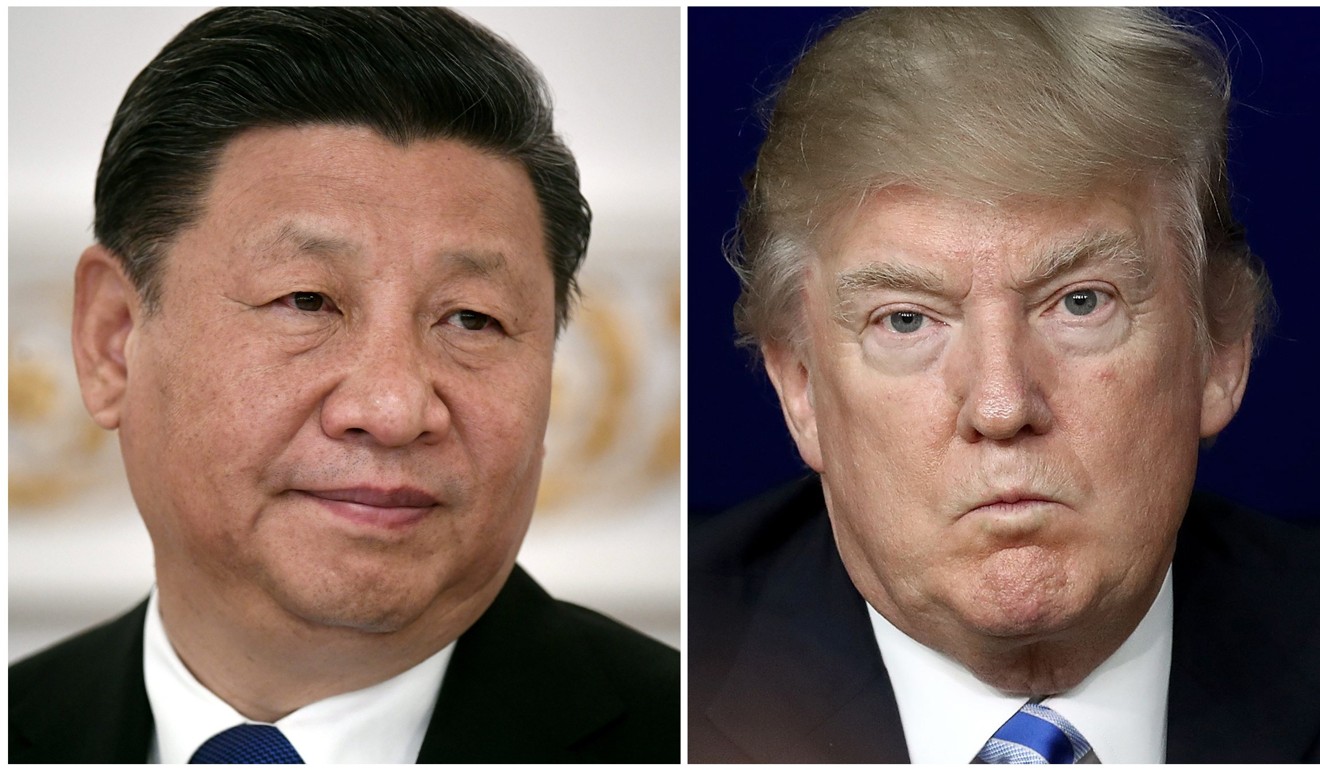
3. How Sino-US mistrust is keeping the Korean peninsula safe from war
The predictable call-and-response routine between Beijing and Washington after each new provocation from Pyongyang may seem repetitive, Robert Delaney says, but the restating of positions is keeping military conflict at bay.
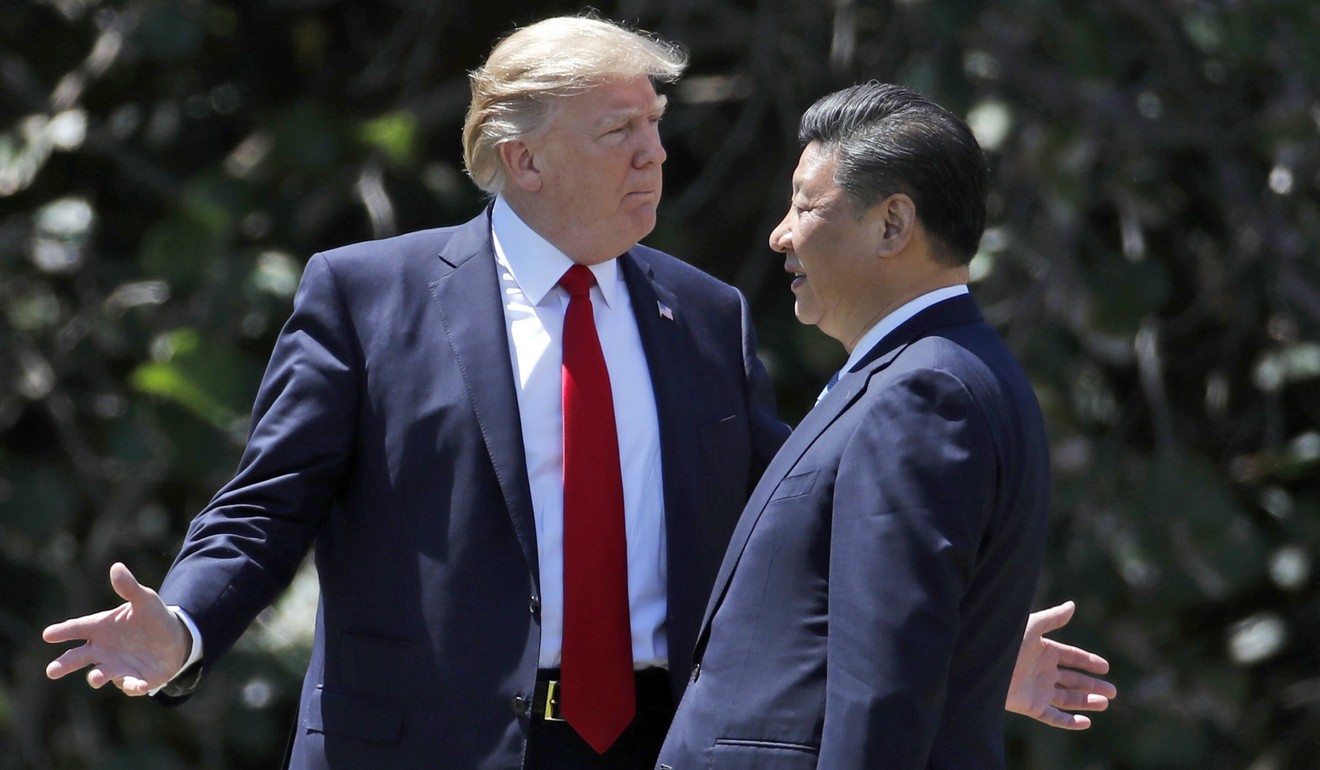
4. Just like his grandfather, Kim Jong-un exploits mistrust between US and China
More than 60 years since the Korean war made enemies of the two countries, Pyongyang continues to dictate the course of the world’s most important bilateral relationship, writes Cary Huang.
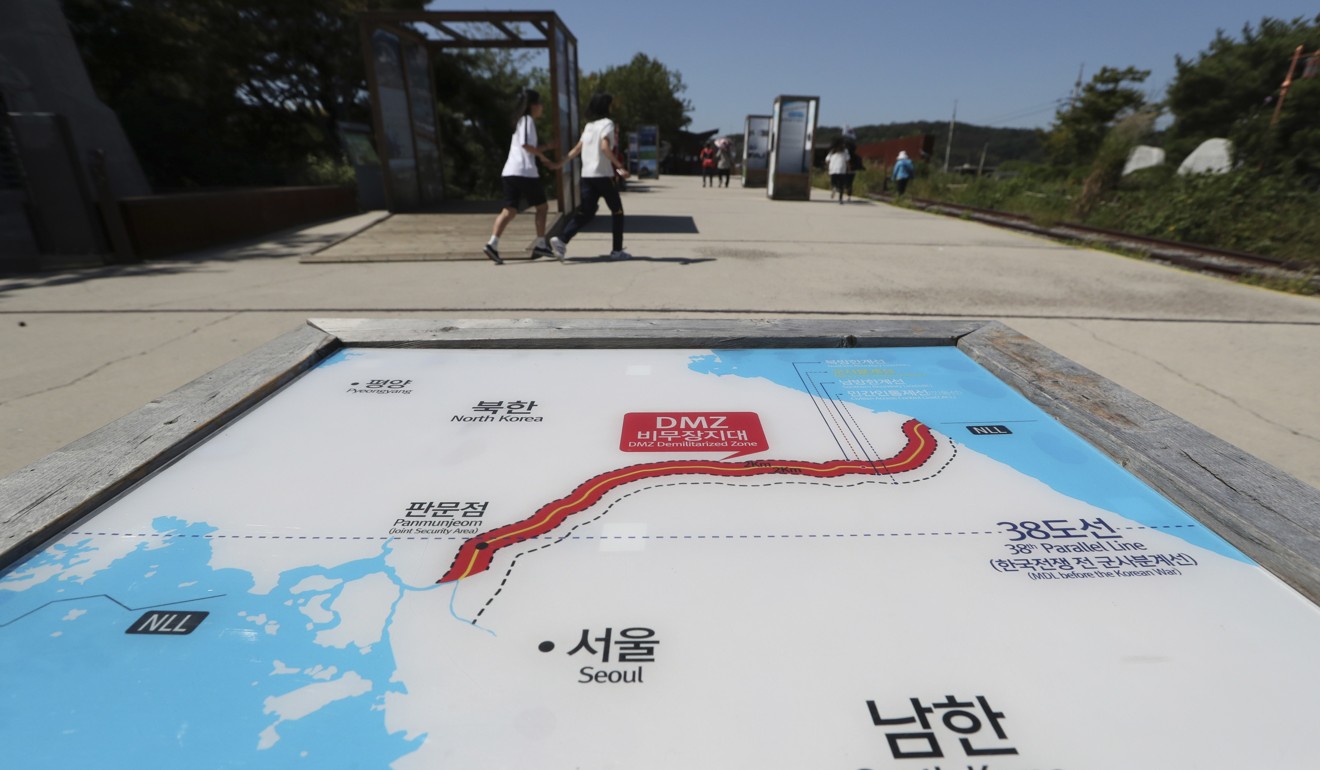
5. Asia could find itself locked in a new cold war if the North Korean nuclear crisis escalates
Without talks to defuse the crisis, the situation is only likely to get worse, says Richard Heydarian.
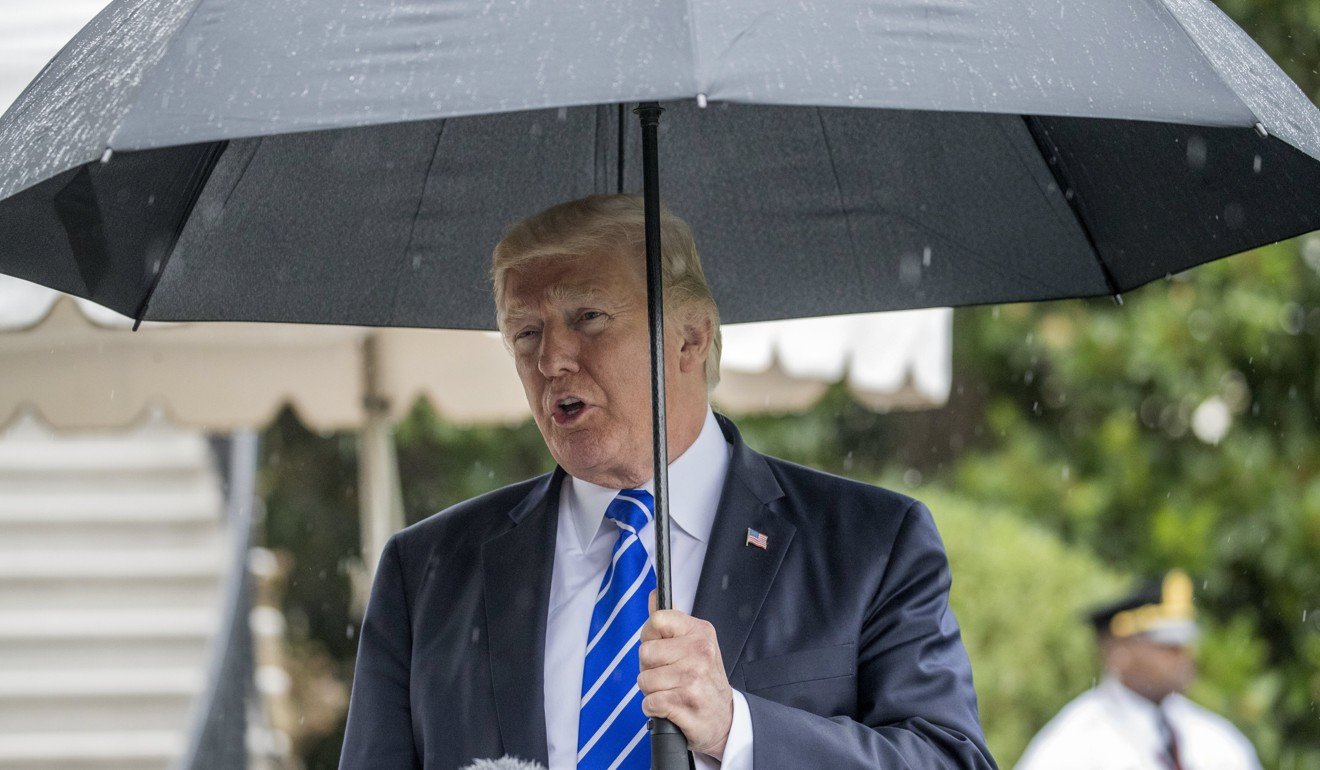
6. The great unravelling of a US-led global order
Andrew Sheng says the chaos of North Korea’s nuclear proliferation and climate-related disasters, plus the rise of China, India and non-state actors, all stem from the decline of a unipolar world, with an uncertain set of solutions.
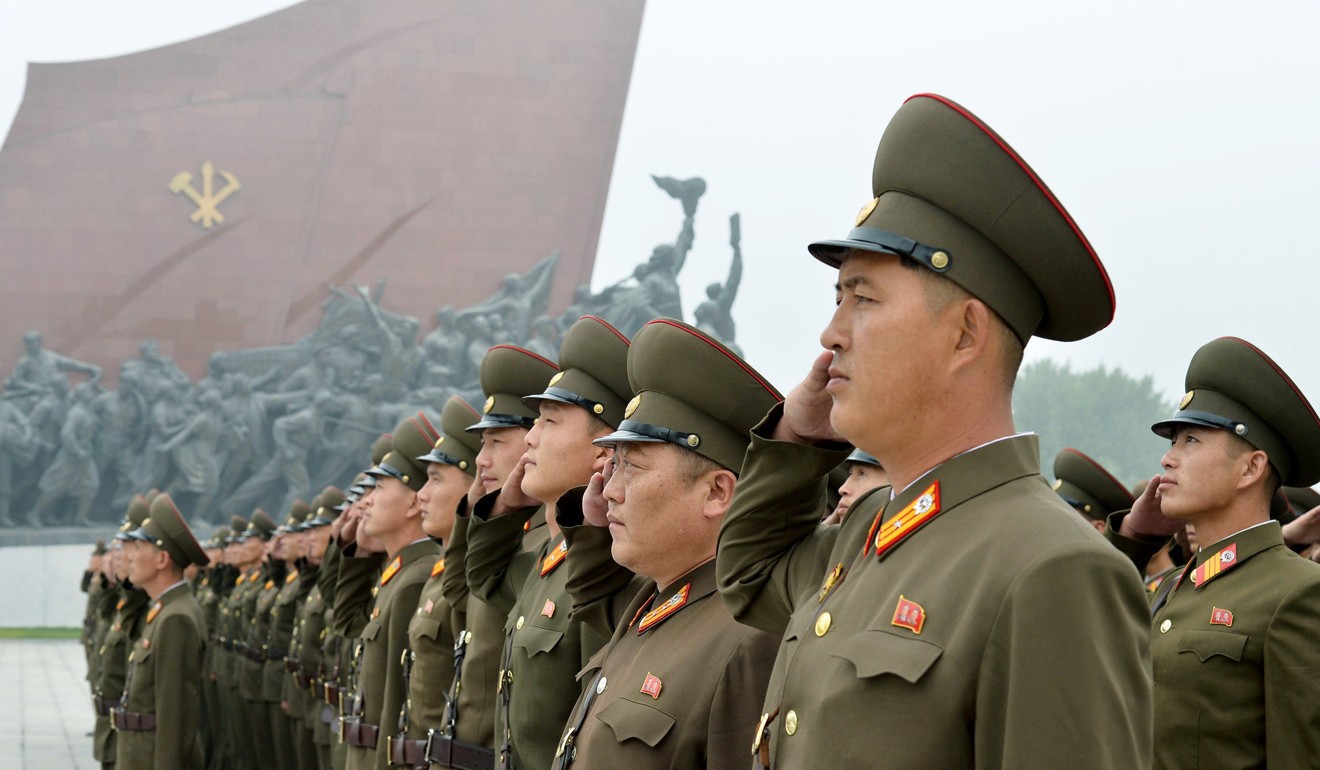
7. North Korea’s nuclear and missile tests defy the US, the cold war’s end, and simple solutions
John Barry Kotch says the two Koreas are burdened by a cold-war-era division that they - unlike the people of Germany or Vietnam - have yet to resolve. A resolution that satisfies China and the US remains elusive.
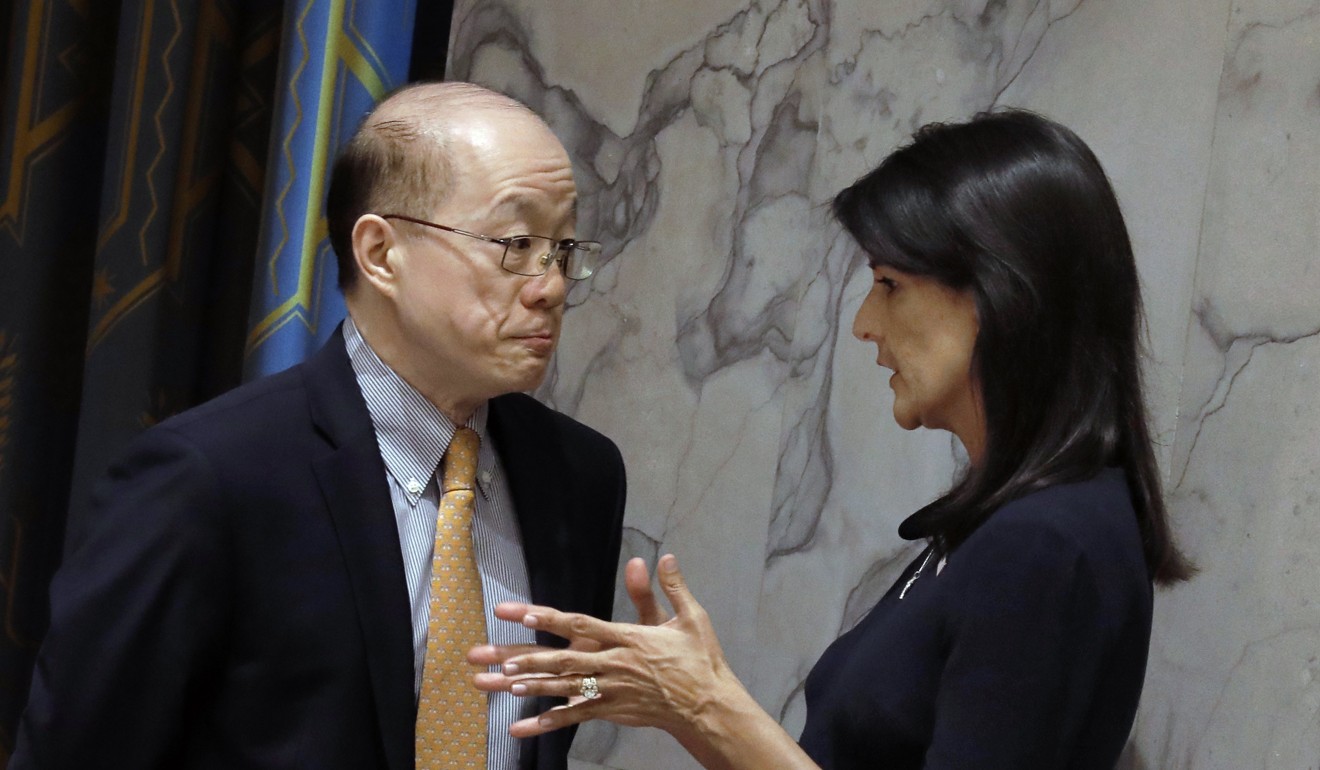
8. How Chinese diplomacy can shape US policy on North Korea
Zhang Baohui says Beijing must show Washington that only dialogue with North Korea, coupled with sanctions, will be effective in averting catastrophe.
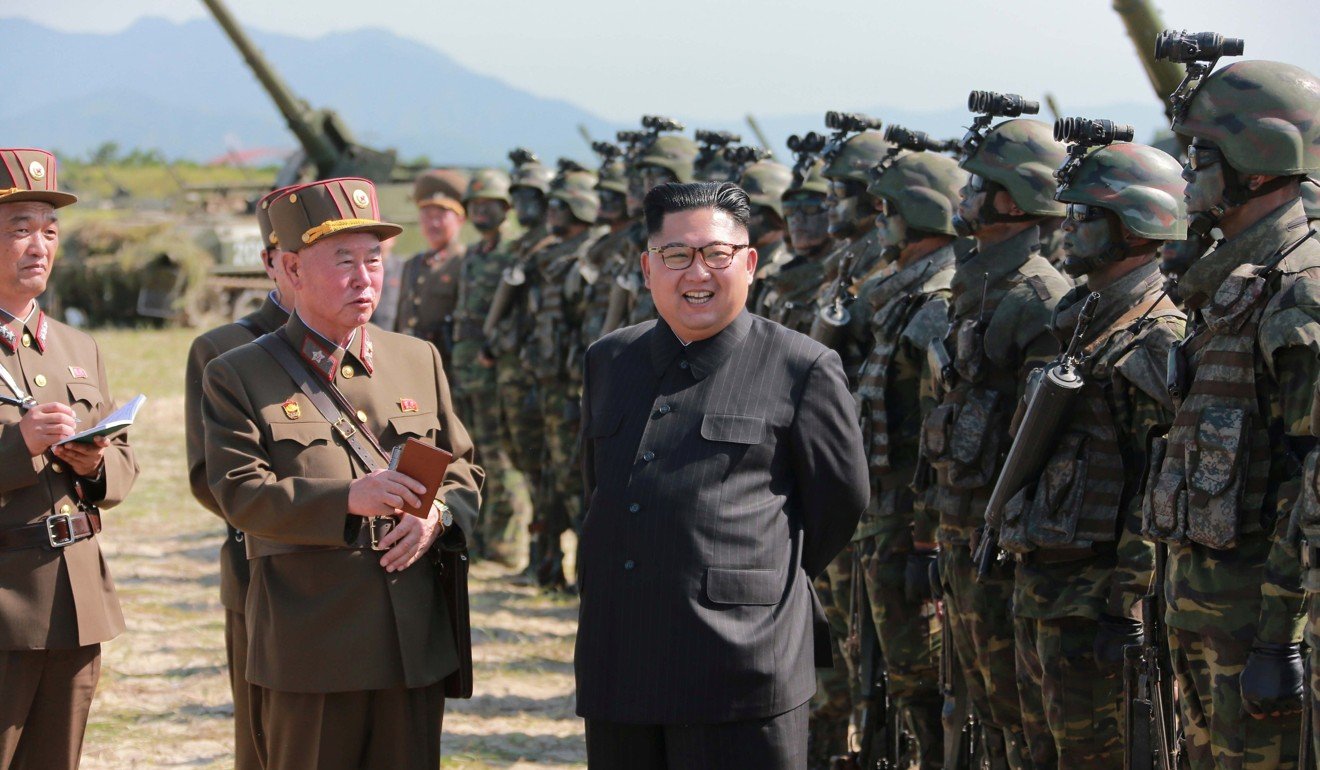
9. What would China do if North Korea and the United States go to war?
Singapore’s ambassador at large Bilahari Kausikan gives his views on the North Korean nuclear crisis, the rise of China and the potential for conflict between Beijing and New Delhi.
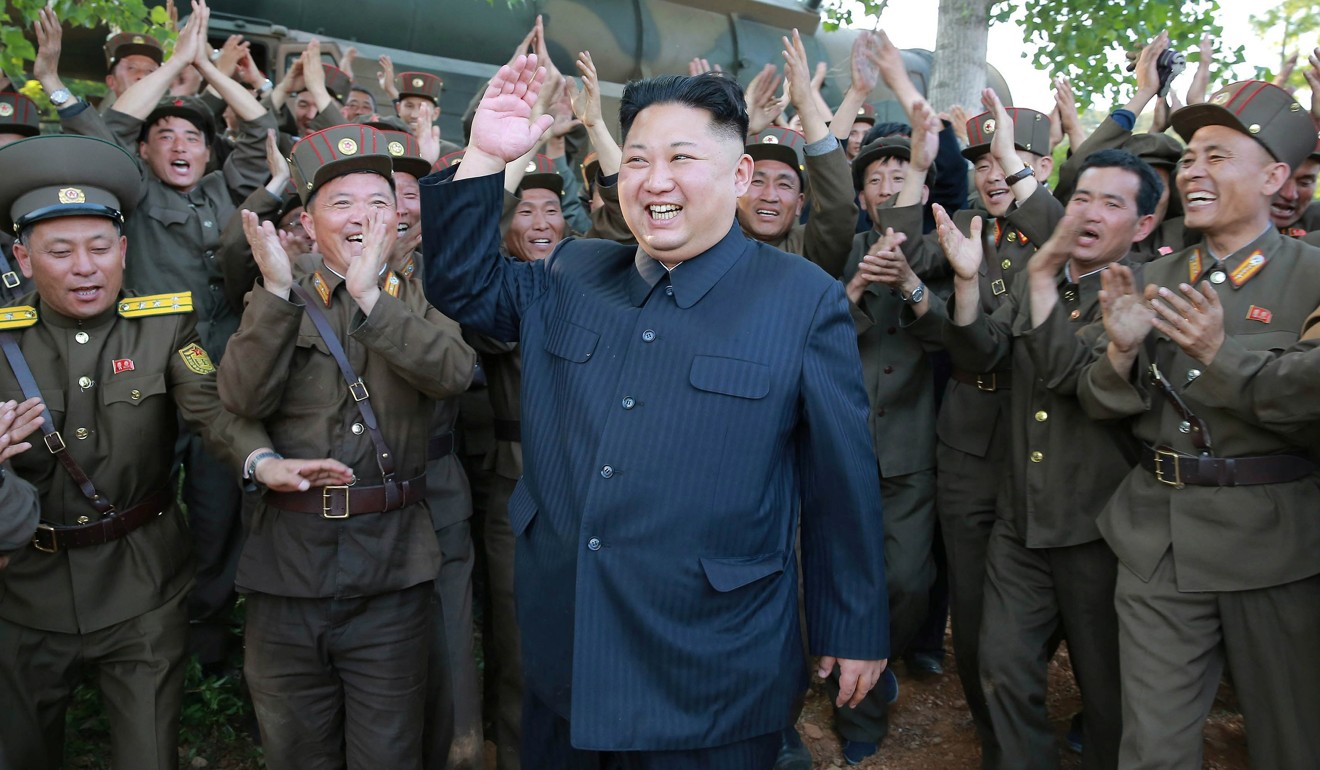
10. How the US can get Chinese and Russian support for regime change in North Korea
Richard Alan Nelson says the US should offer a ‘grand bargain’ to Beijing and Moscow: if they could help to remove the Kim regime and work towards Korean reunification, America would withdraw its military troops from the Korean peninsula.

11. What do North Korea and an octopus have in common? More than you might think
Tom Plate says the highly intelligent but often misunderstood cephalopod may offer a clue to understanding North Korea, given the parallels in a defence system that include dramatic expulsions and ostentatious threat displays.
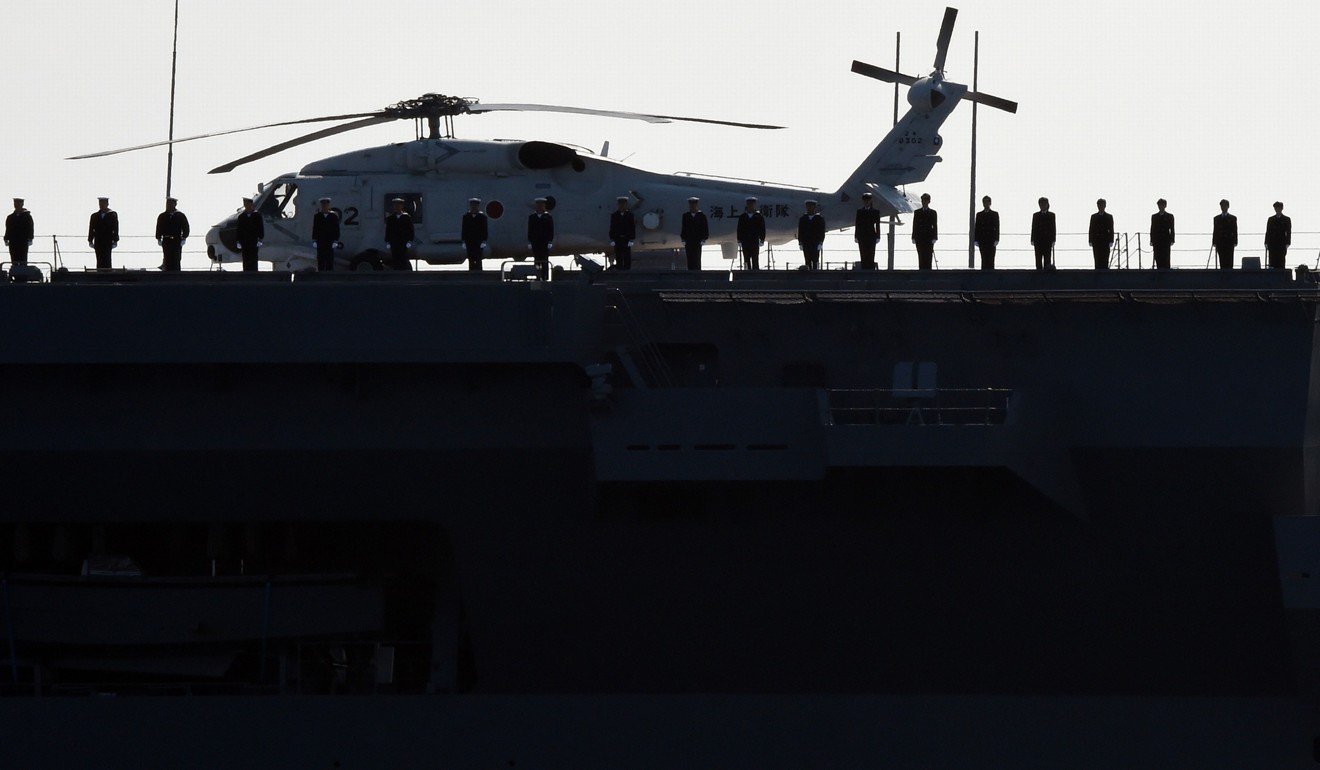
12. Japanese pacifism: an early casualty of a nuclear North Korea?
Japan’s ‘self-defence’ force is among the world’s most powerful militaries but it is hamstrung by a constitution that questions its existence, writes Gavin Blair. A North Korean missile passing overhead may help clarify matters...
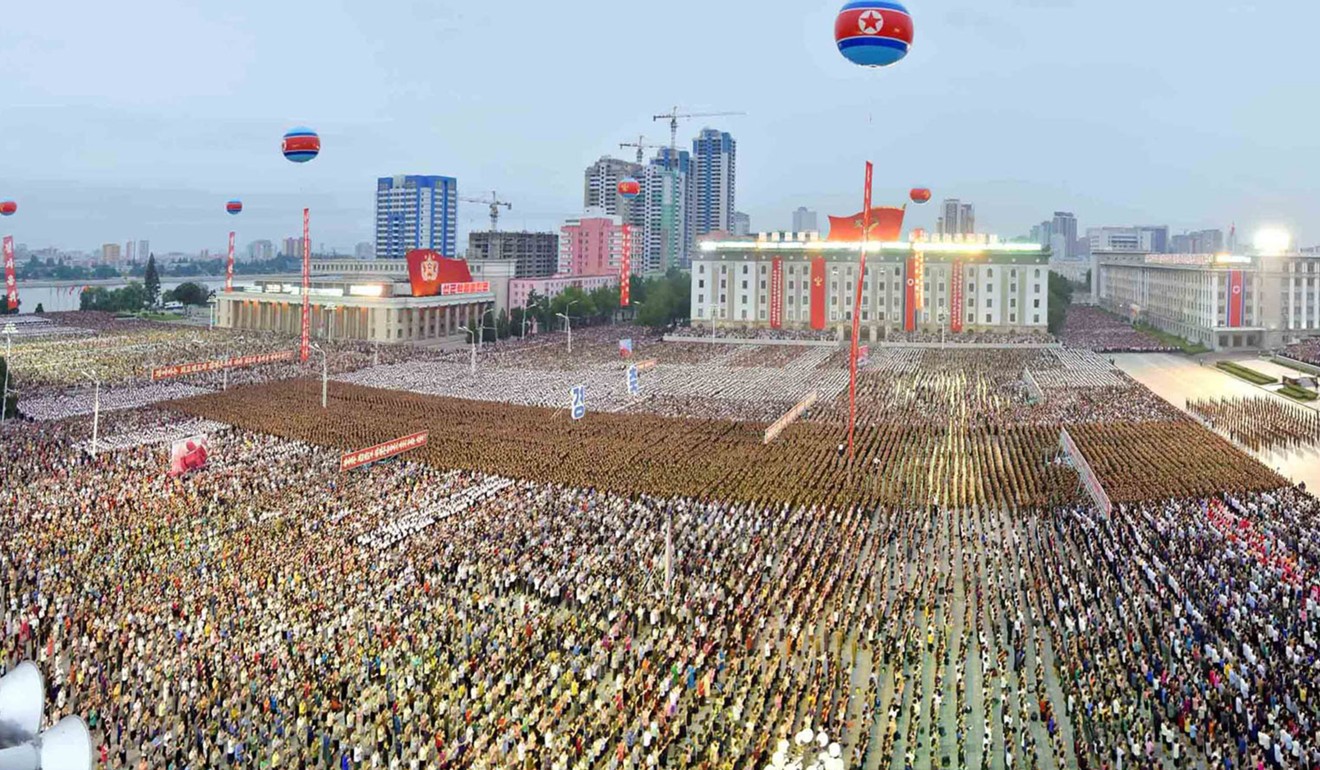
13. The world’s dilemma: Why North Korea will become a nuclear power despite pressure
Military strikes, sanctions, talks – all these options are destined to fail, says Wang Xiangwei. And with Pyongyang’s ally Beijing backed into a corner, just one outcome appears likely: the worst-case scenario.

14. Why North Korea’s nuclear test may not be all bad
Deng Yuwen says the recent test, a slap in the face for both China and the US, could have a sobering effect on the two powers, sharpening the choices before them and strengthening their resolve to cooperate for a solution – by military means if necessary.

15. North Korea nuclear crisis: time to panic yet?
With the United States, China and Russia all at odds, Pyongyang knows the time is ripe to refine its nuclear capabilities, writes Phar Kim Beng.